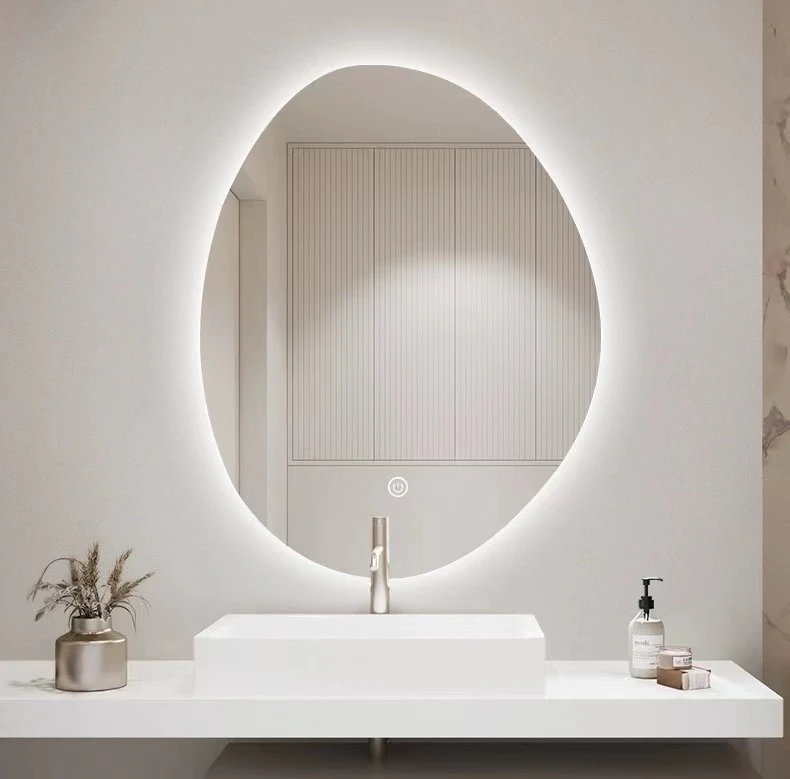

Understanding Low Emissivity Glass Coating A Guide to Energy Efficiency
In an age where energy efficiency is paramount, innovative technologies are crucial in reducing energy consumption in buildings while maintaining comfort and aesthetics. One such technology gaining recognition is low emissivity (Low-E) glass coating. This advanced glass treatment is becoming a significant component in modern architecture and construction, promising numerous benefits for both residential and commercial structures.
What is Low Emissivity Glass?
Low emissivity glass refers to glass that has been treated with a special coating designed to reflect infrared and ultraviolet rays while allowing visible light to pass through. Emissivity is a measure of a material's ability to emit thermal radiation. Conventional glass has high emissivity, meaning it allows heat to transfer freely, thereby increasing heating and cooling demands in buildings. Low-E coatings are thin metallic layers applied to the glass surface, drastically reducing the amount of heat lost or gained through the glass.
How Does Low-E Glass Work?
The science behind Low-E glass is relatively simple yet effective. The coating on the glass reflects heat back to its source. In winter, this means reflecting interior heat back inside, thereby reducing heating costs. In summer, Low-E glass reflects exterior heat away from the interior, which helps in maintaining cooler indoor temperatures without over-relying on air conditioning units. This dual-functionality significantly enhances a building's energy performance throughout the seasons.
Types of Low-E Glass Coatings
There are primarily two types of Low-E coatings hard coat and soft coat.
1. Hard Coat This type is created using a pyrolytic process, which involves heating the glass during manufacturing. Hard coat Low-E glass is more durable and suited for outdoor applications, providing benefits such as durability in various weather conditions and high resistance to scratches.

2. Soft Coat Unlike hard coat, soft coat Low-E glass involves applying the coating to the glass surface after it has been manufactured. This process leads to higher performance levels in terms of thermal insulation and reflectivity. Soft coat Low-E glass is typically used in insulated glass units (IGUs) to maximize energy efficiency.
Benefits of Low-E Glass Coating
1. Energy Efficiency The most significant benefit of Low-E coatings is their ability to reduce energy consumption. Buildings equipped with Low-E windows can achieve up to a 30-50% reduction in energy costs annually. This efficiency translates into lower utility bills and reduced environmental impact.
2. Comfort By minimizing heat loss in winter and reducing heat gain in summer, Low-E glass contributes to a more comfortable indoor environment. This stability in temperature reduces drafts, making living and working spaces more pleasant and energizing.
3. Glare Reduction Another advantage of Low-E glass is its ability to reduce glare from direct sunlight. This feature is especially beneficial in offices or homes that experience high levels of sun exposure, enhancing visibility for screens and reducing eye strain.
4. UV Protection Low-E glass can block a significant amount of ultraviolet (UV) rays, which are known to cause skin damage and fading of furniture and flooring. This added protection helps maintain the quality of interior furnishings and promotes a healthier living environment.
5. Aesthetics Low-E glass can be tailored to fit various architectural styles, allowing for modern designs without compromising on functionality. The clarity and appearance of the glass enhance the overall aesthetics of buildings, making them more appealing.
Conclusion
Low emissivity glass coatings present an effective solution for energy efficiency in buildings. As the demand for sustainable and environmentally friendly construction continues to rise, Low-E glass offers a viable option for architects, builders, and homeowners looking to optimize energy use and improve comfort. With its ability to reflect heat, reduce glare, and block harmful UV rays, Low-E glass is not only a smart investment from an economic standpoint but also a step toward a more sustainable future. As technology evolves, the continued advancement of Low-E coatings will likely play an even more integral role in eco-friendly architecture, proving that smart choices today can lead to a more efficient tomorrow.